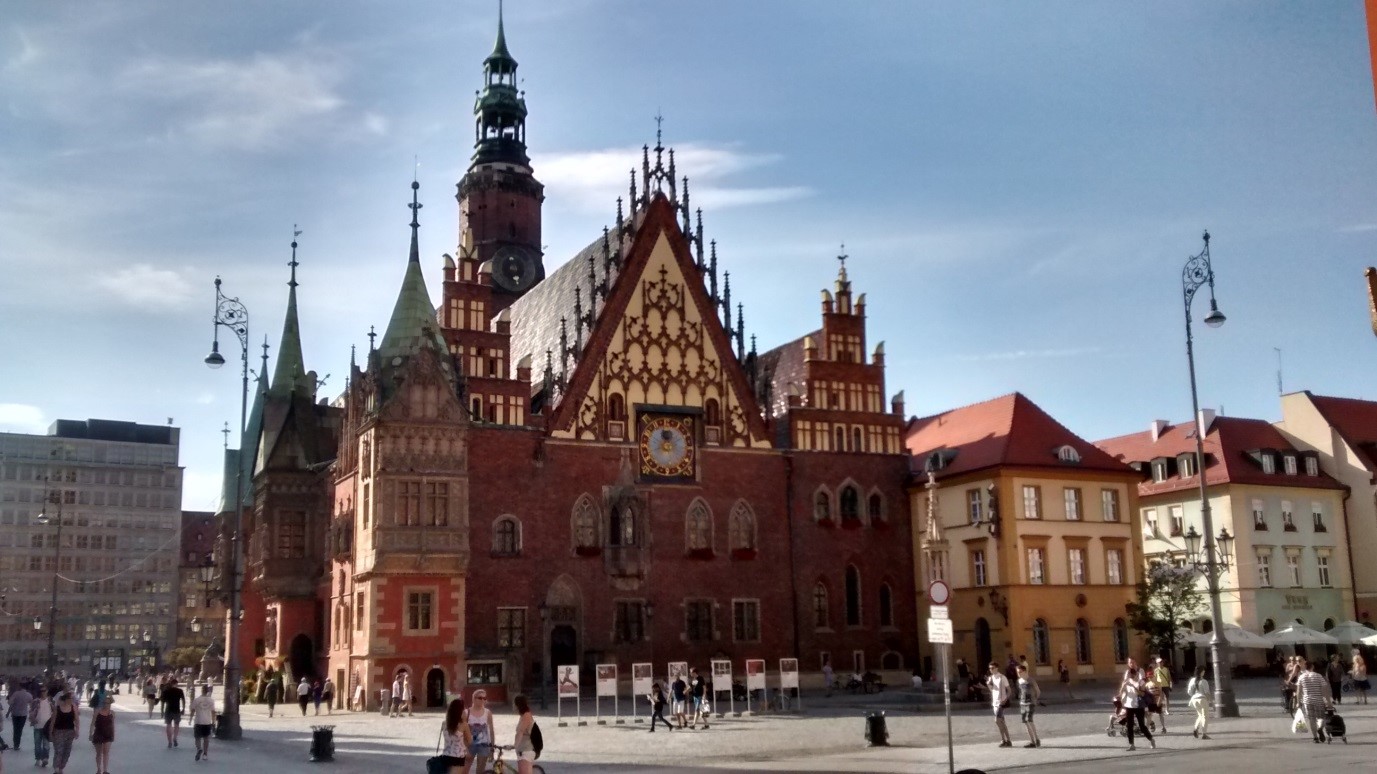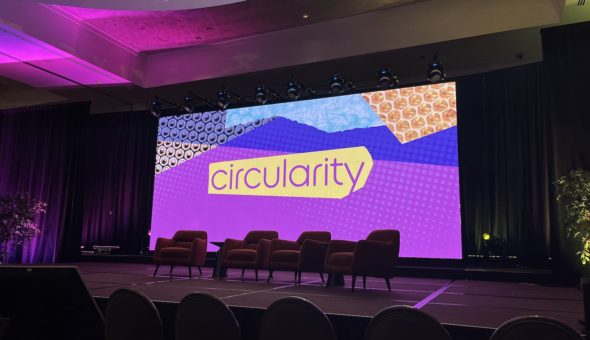Leighton Holyfield writes about a conference in Poland, where he presented a poster on designing safe hybrid hydrogen storage tanks.
On 16 July 2015, I started my journey to Wroclaw, Poland for the Ninth International Symposium on Surface Heterogeneities in Adsorption and Catalysis (ISSHAC-9), along with my supervisor, Dr Tim Mays, as well as Dr Nuno Bimbo and Antonio Noguera-Diaz of the Mays group. We flew to Wroclaw early on 17 July, and following registration, set out to explore the city with the half day we had available, taking in the main square in Wroclaw, enjoying the warm weather and trying traditional Polish dishes.

The conference started on the morning of Saturday 18 July, with an opening from Professor Wladimir Rudzinski, the chair of the conference organising committee, before the opening lecture from Professor Sofia Calero, who spoke about computational modelling of porous materials for use in industry and environmental protection. All the talks given in the session were allocated half an hour (typically 20 – 25 minutes for the presentation, and 5 – 10 minutes for questions), and as such all the speakers were allowed to go into their work in depth, which was good, although on the occasions that the talks weren’t very relevant to our work this could become burdensome. The sessions contained anywhere between 3 and 5 talks, with coffee breaks in between. Of the talks that most interested me during the talk were those given by Ana Martin-Calvo (University Pablo de Olavide, Spain), who was screening zeolite topologies for optimal hydrogen storage, Sarah Couck (De Vriejes University, Belgium), who presented studies on COMOC-2, a novel MOF of their creation, and Agnieszka Kierys (MarieCurie-Sklodowska University, Poland), who demonstrated a tertiary composite of porous polymer, silica gel and diclofenac for advanced drug delivery applications. Also of note was the talk of Antonio, who presented his PhD work on correlations between properties of MOFs.
The 5 day conference contained not only a large number of oral presentations, but also 3 poster sessions. These were between 1 ½ - 2 hours long, and generally featured ~ 25 posters. I presented a poster entitled ‘PIM-MOF Composites for Use in Hybrid High Pressure Hydrogen Storage Tanks’, the content of which was the results of my PhD to date. The session was a success; a number of people were interested in my work, and I even got the contact details of one Polish researcher for a potential collaboration!
ISSHAC’s unusual length was also due to a focus placed on social events and discussion, so there was ample opportunity to network with other researchers and to enjoy the city of Wroclaw. On the morning of 19 July, we went on a half-day walking tour of the city. This was a fantastic way to see the city, to ask questions about the city to an English-speaking local, and to get a bit of exercise in amongst all the sitting around and eating.
Meals were all catered for at this conference, which provided a springboard for networking (socialising!), with many of the Polish students attending the conference being very friendly and willing to talk us through the food and customs of the locals, amongst other things. The conference dinner on the penultimate evening was held in the Olesnica castle, about 30 km from Wroclaw, where all the conference attendees sat on long benches and tucked into a number of traditional Polish dishes. This was then followed with a gypsy show, consisting of live music and traditional dancing. It was a very pleasant evening in a historic setting, and another excellent opportunity to network.
All in all, I was very glad to be able to attend the conference, as I feel I gained a lot from it, both professionally in learning from other researchers and presenting my own work, but also personally, as I have made friends and collaborations that would never otherwise have been possible. I am very grateful to the Guild of Armourers and Brasiers for making my trip possible, and would thoroughly recommend anyone working in porous materials, either for adsorptive or catalytic purposes, to think about attending future ISSHAC conferences.
Leighton is in his second year at the CSCT working on designing safe hybrid hydrogen storage tanks with Dr Tim Mays and Dr Andrew Burrows.
Respond


